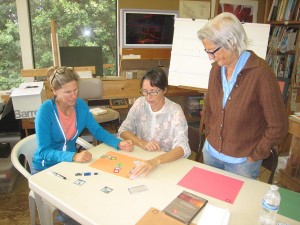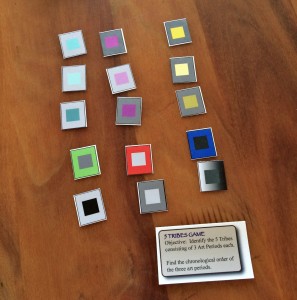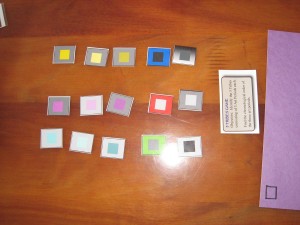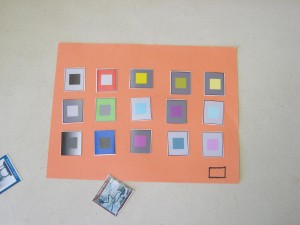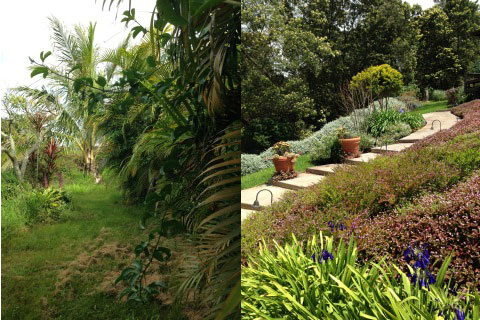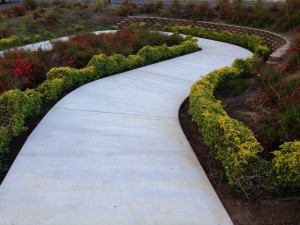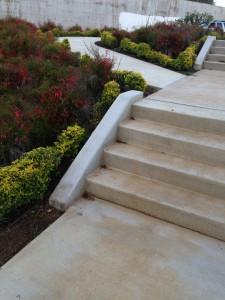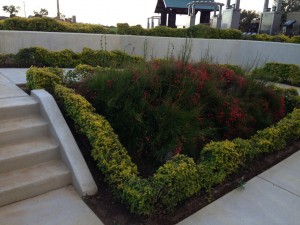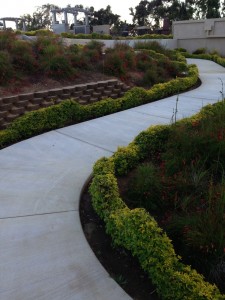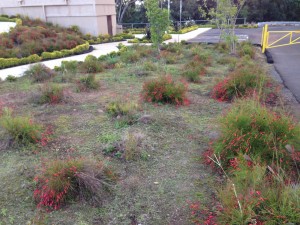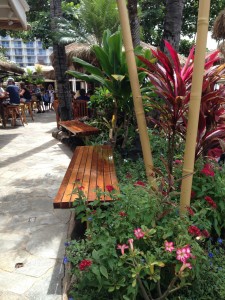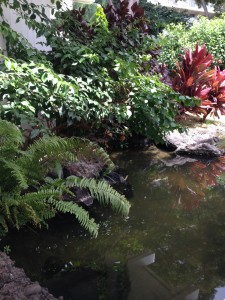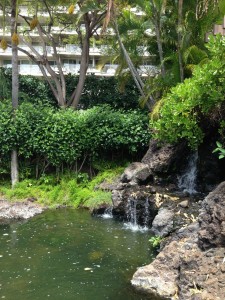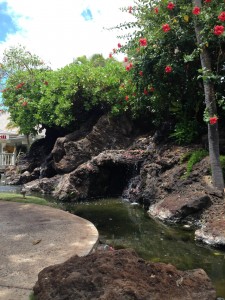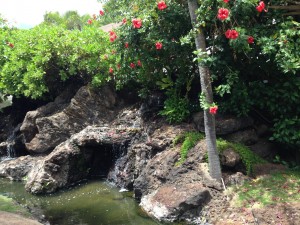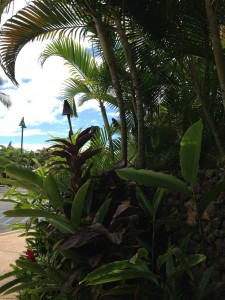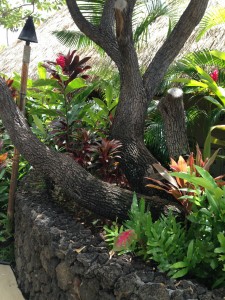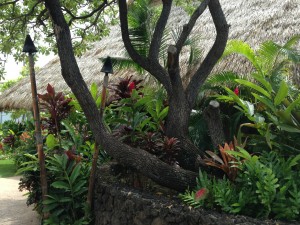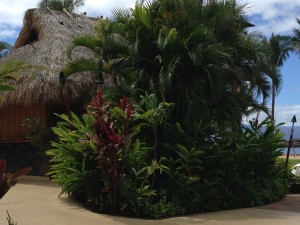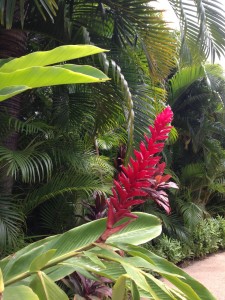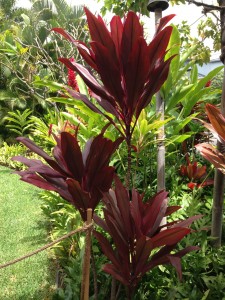The second session of the “Art is Us” art history class for Spring 2015 was held on Thursday, March 26. We played another game, designed to increase awareness of our thinking processes. We discussed examples of natural and controlled gardens. Characteristics of ancient Greek art were presented in the lecture, and a format for comparing works was provided. These classes are introducing themes to watch for in art, and training us to be independent and objective observers of art.
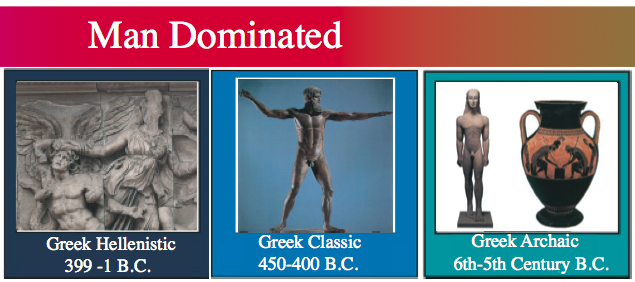
Homework assignment
The assignment below asks you to make use of the comparison format provided in class.
[gview file=”https://dicknelsoncolor.com/wp-content/uploads/2015/03/Class3Prelude.pdf”]
Class recap – some key ideas
Holly has provided a very clear and detailed class summary in the PDF below.
[gview file=”https://dicknelsoncolor.com/wp-content/uploads/2015/03/Class2HollysNotes.pdf”]
5 Tribes
Working in 5 small groups of 2-3, the class was asked to identify five tribes, and define a chronology for their artifacts.
[gview file=”https://dicknelsoncolor.com/wp-content/uploads/2015/03/5Tribes.pdf” height=”450px”]
[gview file=”https://dicknelsoncolor.com/wp-content/uploads/2015/03/5Tribes-Ans.pdf” height=”450px”]
Homework – observing gardens
The homework assignment was to “observe homes, gardens and landscaping. See if you can find one example which is geometric and controlled, and another where natural growth is encouraged.” Three people sent in photos. One comparison is shown below. The complementary human tendencies of reason and passion can be seen in gardens as well as art. They are characteristic of different periods in history, and of two broad differences in human temperament, though both are present in each individual and era to varying degrees.
Lecture & slideshow: The Transition, a new view of man and his place in this world
The lecture and slideshow gave an overview of ancient Greek artifacts, from archaic through classic and Hellenistic periods. These periods are especially important because they are archetypes of styles that repeat and are recognizable throughout history. You can determine a lot about a culture, from their technologies to their beliefs and worldview, by carefully and objectively observing their artifacts. What we create is a function of the tools and materials available to us (the givens), and our knowledge and values (beliefs).
- The Transition, a new view of man and his place in this world. Greek Archaic. Greek Classic.
- What do these images tell us about their culture?
- Greek Archaic: One Foot in the past… The arrested walk, Inhibition, Awakening sense of self, Anatomical awareness, Facial expression, The nude athlete
- What tells us that these figures mark the beginning of a new period in Greek History?
- Classic Greek. The ideal, Reason, Humanism: Man-dominated society, Breaking out, Corporeal: Flesh and blood, Tragic: Responsible for choices, Competes and relates to nature
- Greek Classic Architecture: A symbol of Humanism. Exterior-motivated, Rational, Geometric with life
- The Acropolis
- Conceived in the MIND of Man and standing in stark contrast to its natural surroundings.
- Parthenon interior. Athena clothed in gold
- The Elgin Marbles, British Museum
- Caryatids: Erechtheion. Classic Contrapposto Pose
- Caryatids
- East Pediment
- Elgin marbles
- Drawing of Parthenon interior
- Man in Myth, Conscious of Self. Hermes and the Infant Dionysos, Archaeological Museum of Olympia
- Classic? Idealized? Reason or Passion? World as we would like it to be?
- Hellenistic Realism: The world as it is!
- Comparing characteristics of Archaic, Classic and Hellenistic Greek sculpture
- Match the Greek Period & Image Geometric Archaic Classic Hellenistic
The 2009 version:
Class materials
This handout demonstrates a useful format for analyzing and comparing any works of art. It refers to the Greek vases pictured in slide 1 from this year’s lecture, or slide 19 from 2009’s.
[gview file=”https://dicknelsoncolor.com/wp-content/uploads/2015/03/ArtIsUsComparingWorks.pdf”]



